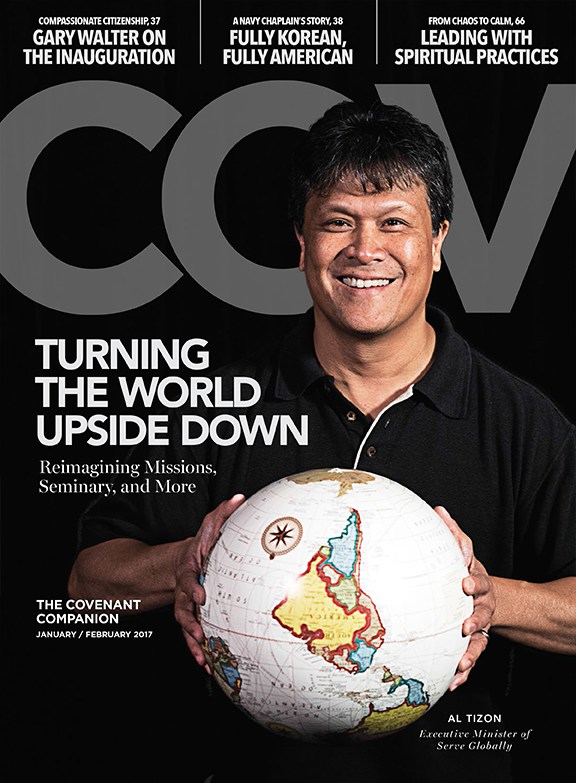One morning, I was the last one in the shower, only to find that the twelve-year-old had luxuriated so long that all the hot water was history. Grumbling and shivering, I wondered when I had last reminded her about taking short showers to conserve water. How could I motivate her to move from knowing facts to actually applying them? Maybe I hadn’t found the right carrot.
As a mom, I know that my lectures about creation care don’t always stick. Looking around, though, I can see my “tweenager” isn’t the only inconsistent one. Despite the news about climate change, habitat loss, killing droughts,
and melting icecaps, despite talk of “going green” by everybody from the grocer to the banker, people in my community have yet to launch any serious eco-initiatives.

However, we Americans seem to understand that change is in order. In June the Associated Press–NORC Center for Public Affairs Research surveyed around one thousand adults about “key energy issues in the United States.” The people surveyed placed energy issues above their concerns about gas prices and the federal deficit. (Only the economy, education, and health care were ranked higher.) Energy is on our radar screens, but what should be done about it, and by whom? The survey revealed some interesting statistics about who we trust, what we know, and what we are – and are not – willing to do.
Who’s to Blame?
Who’s behind our twenty-first-century energy crisis? Sixty-four percent of those individuals surveyed admitted that they could do more to conserve energy. However, 62 percent blamed the government and the energy industry for not making energy-saving products or services more accessible to the public. Of the people surveyed, 90 percent thought the government should be “at least slightly involved” in finding solutions.
Ironically, though we want the government to do more, the survey showed that the public has a deep distrust of government and the information it provides about energy solutions, despite governmental entities such as the National Oceanic and Atmospheric Administration (NOAA), whose scientists have been tracking changes in the climate for years, and programs like Energy Star for household appliances.
What Do We Know?
What lifestyle changes save the most energy? Using efficient light bulbs, driving a low mileage car, and using efficient home appliances and HVAC systems save the most money and energy in the long run. However, according to the Associated Press (AP), less than half the people surveyed knew about Energy Star products, fuel efficiency standards for cars, or that CFLs will be replacing incandescent bulbs. Less than 20 percent knew about government tax credits for home energy improvements.
The survey revealed that even the part of the public educated about energy is often not willing to make those changes because of cost, inconvenience, or other obstacles. We are willing to make the changes that save the least energy, such as turning off lights or resetting the thermostat, because they have the least impact on our lifestyle. My husband calls those changes “low-hanging fruit.”
Carrot or Stick?
The survey revealed that only 41 percent of people surveyed believe that “the actions of individuals like themselves can make a large difference.” This would seem to suggest that we need more than individuals making small changes—we need public policy to shape our behavior as communities. The AP has an answer for that as well: a resounding “No!” People do not want energy regulation or restriction of any kind, though we expect the government to teach us how to conserve and give us tools to do so.
Is it safe to say that many of us approach our energy issues with the decision-making skills of a pre-teen girl? We want long showers paid for by someone else, and we want someone else (anybody else!) to absorb the consequences for our actions.
What’s our carrot? How do we motivate ourselves to apply what we know about our growing energy conundrum? We can start in our homes and faith communities, in our places of employment and our neighborhoods. We can start asking questions, and maybe we’ll begin to find the answers.

Comments